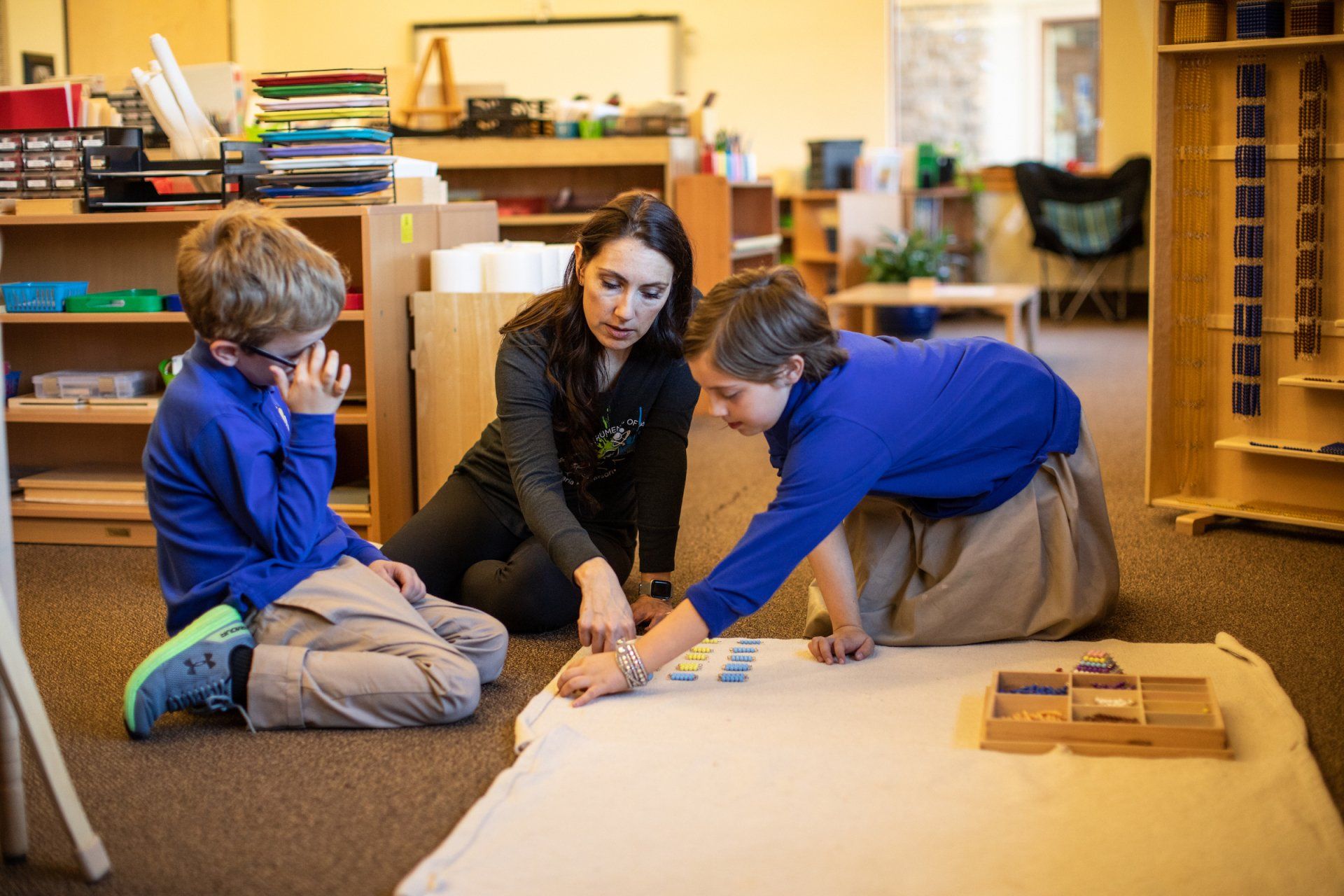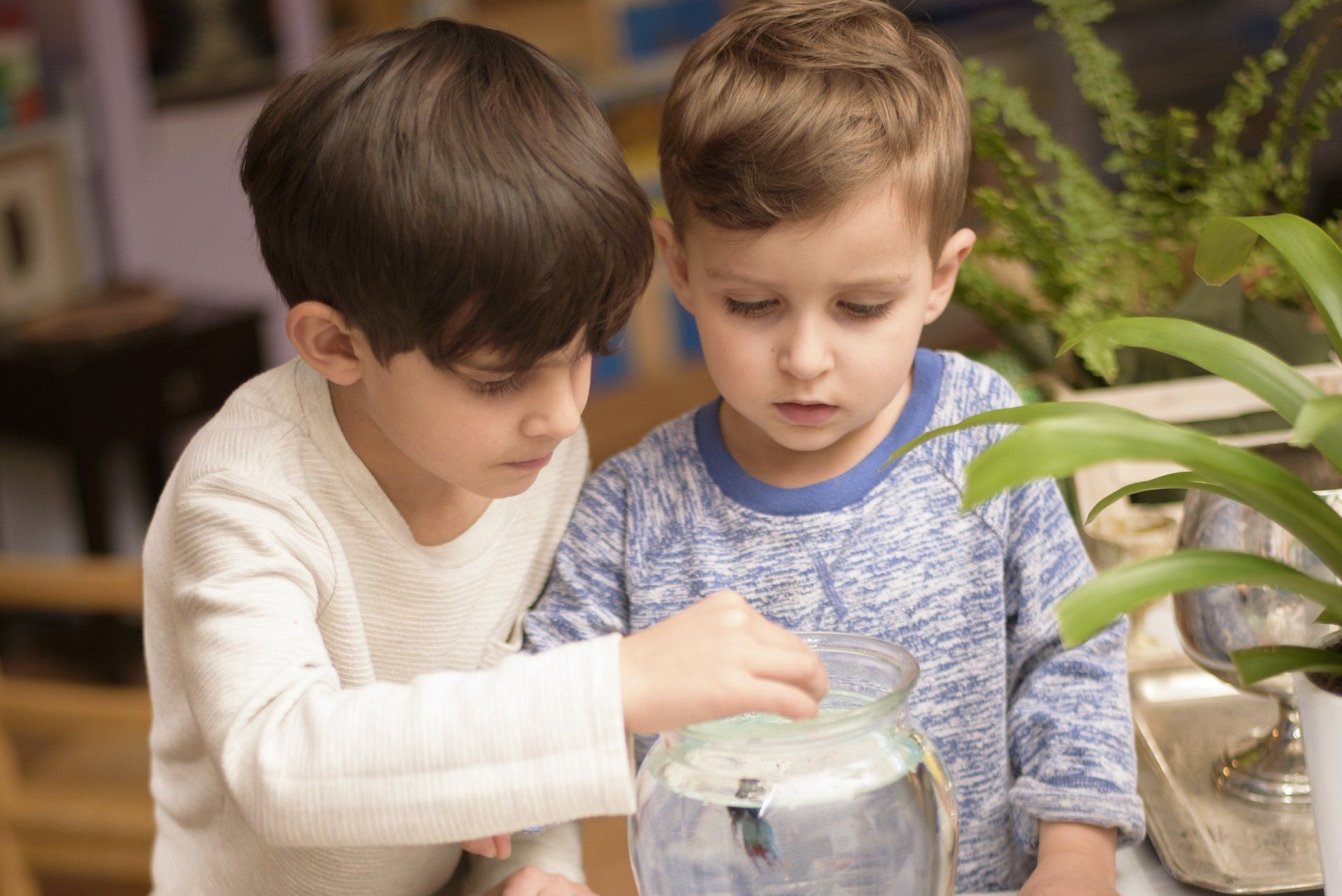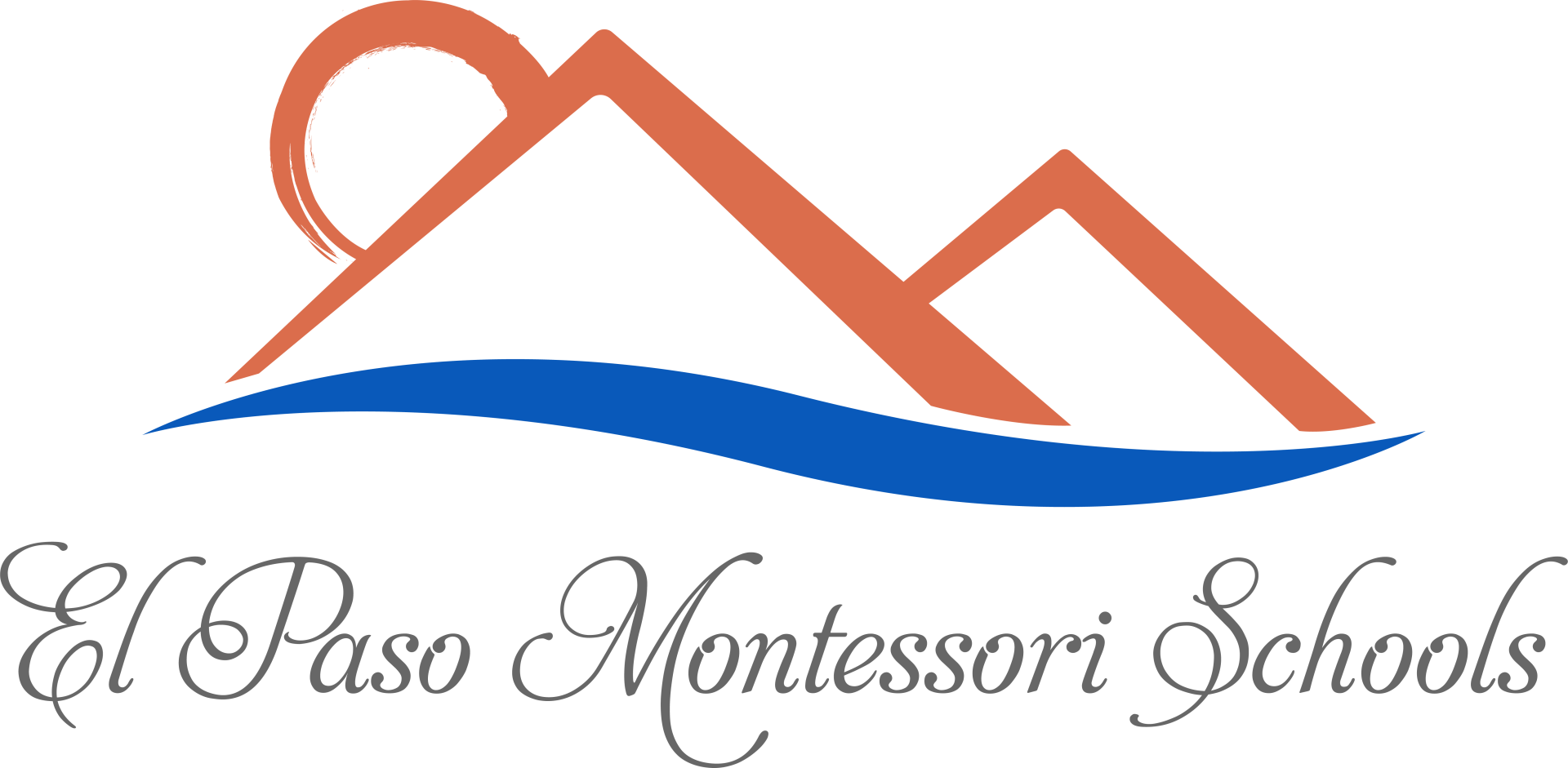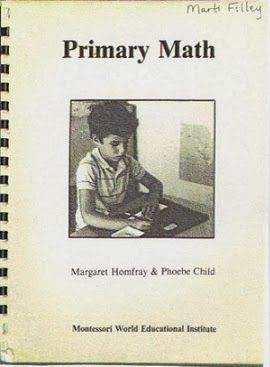Montessori Del Valle: A legacy of child-centered education

Tears of happiness flowed down the cheeks of Marti Filley, the founder of Escuela Montessori Del Valle, as she thought about the impact El Paso’s first Montessori school has had on the community.
“It’s pretty overwhelming,” she said, smiling through those tears. “I didn’t set out to do anything like this, it just came together.”
Escuela Montessori, founded in 1974, just celebrated 50 years of serving the community.
Filley was a first-grade teacher at St. Clement’s Parish School in El Paso and a busy mother of two children disenchanted with the state of education.
“Teaching was so top down,” she said. “’This is how we do things; this is the curriculum.’ I wanted to do what was best for each individual child rather than everybody starts at point A and take them through all the way through. I was so tired of it, but yet, I love teaching.”
She struggled with trying to figure out how to have it both ways.
“I really liked working St. Clements, it was a good place to work but I began to really think about things that I would do differently if I had my own school,” she said. “That kept developing in my mind. I thought I could do better.”
She was correct.
Escuela Montessori now has two campuses — the original at 212 W. Sunset Rd. in the Upper Valley, and another, Coronado Montessori on the West Side at 7011 Westwind Dr., built in 1981.
Filley’s son Steve and her daughter-in-law Jackie run the day-to-day operations of both campuses.
“The thing that I am most proud of is that from my mom starting the business to my grandmother running the other locations, to my wife pretty much running both, it has been pretty amazing,” Steve Filley said. “You hear about women owning their own business, this exemplified it.”
Jackie Filley calls her mother-in-law a pioneer in El Paso education.
“She is a pioneer not only to have the vision for it, but to do it and each year and persevere,” Jackie Filley said. “She is still very much involved. We are a family business but it’s not just us, it’s all of us discussing and processing different ideas. For me, I’m so proud to carry on what she started and to make sure her vision stays the same. She had done such a great job, this is who we are, and it works.”
Montessori education
Montessori schools are educational institutions that implement Maria Montessori’s method of education, which focuses on child-centered learning and individualized instruction. They emphasize hands-on learning, student agency, and a prepared learning environment.
“Research shows that 80% of a child’s natural intelligence is developed by age 8,” Marti Filley said. “A huge percentage of that by age 3, so early childhood education has become very, very important as people are beginning to understand that.”
A Montessori education is designed to take advantage of a child’s sensitive years between 2 and 12, allowing them to learn at their own pace and pursue their individual interests.
Marti Filley, who founded Escuela Montessori Del Valle in 1974, visits with students Gianna and Dominic Nino.
Photo by Ruben R. Ramirez
She said Maria Montessori understood that and incorporated that thought process into her method of teaching.
“That’s kind of what we do,” Marti Filley said. “It’s important for children to learn how to work independently, it’s important for them how to concentrate, how to socialize, all the beginning things that you need to have before you can really start the learning process.”
Maria Montessori was an Italian physician and educator best known for her philosophy of education, the Montessori method. She is celebrated for her innovative educational method that mirrors how children naturally learn.
She opened the Casa dei Bambini (Children’s House) in 1907 in Rome. Her educational method is in use today in many public and private schools globally.
“Montessori was very aware of the importance of nature and a children’s development,” Marti Filley said. “At Escuela, we’ve taken that part to heart because they see what they learn. It’s not just that we teach them, it’s that they absorb it and internalize it by being in nature. What our teachers teach and present to the kids is based on nature and animals. Objects that they can see, touch and smell on our campus.”
The Upper Valley school grounds include goats, chickens and a pollinator garden that is registered by the state of Texas as one of the places where it’s supposed to be a stopover for the monarch butterflies.
“We basically home school these kids when the parents can’t,” Steve Filley said. “It’s kind of a home school environment.”
Humble beginnings
Marti and her husband Dwight Filley moved to El Paso’s east side from California in the early 1970s. She had been a first- and second-grade teacher in California, so she decided to start a summer program for her two toddlers.
“We fixed up the garage at our house and I went door to door, knocking on every day and explaining to parents what we were doing,” she said. “We ended up with 12 to 15 kids. I didn’t have any further plans at the time.”
A few years after teaching at St. Clement's Parish School, an old college roommate called her from Phoenix and asked her if she knew the Montessori method of teaching.
“I had heard about it, but I really didn’t really know or understand much about it,” Marti Filley said. “She told me a lot about it, so Dwight and I went to Phoenix to see her school where she already set up as a Montessori school. I loved it, this is what I was thinking about.”
She already set up the little garage summer school for the neighborhood children so opening up a Montessori in El Paso was the next logical step.
Dwight, who was in commercial real estate at the time, found a plot of land in the Upper Valley off Sunset Road.
“He brought me out here and that’s when the lights went on, this could be a school,” Filley said.
The first class was 15 children, 3- and 4-years old and the following year was 30 to 35 students.
“We needed more space so built another classroom,” she said. "Then a few years later, these pre-school children needed to move on so we built the kindergarten building next store in 1997."
Escuela Montessori Del Valle, which includes children 18-months to 6th grade, averages about 90 students, while Coronado Montessori on Westwind averages 70 students from 18-months to 3rd grade.
Enrollment is year-round, as long as they have spots available.
Moving forward
“When we got started in 1974, there were a lot of exciting things going on,” Steve Filley said. “Now, you have so much competition with the public schools, you have charter schools, you have church schools, you have a lot of Montessori schools in El Paso with directors and teachers who she trained, by the way.”
Steve Filley is excited about the future.
“It’s really a great time because parents are looking for alternatives in their child’s education,” he said. “We have two and three generations of children coming to the school where my mom was the teacher and now the grandkids are in the school and even not far away from great-grand kids in the school. “
Jackie Filley said the Montessori education is attractive to young parents who are disenchanted with the public school system.
“We have a certain appeal, especially to younger parents who are seeing how the public system is going and don’t agree and have different morals goals and ideas on how to raise their children and who are looking for something different.”
Sitting in a small square space that serves as her office, the tears return to Marti Filley’s eyes when asked how many lives does she think she has touched.
“I’m not good with math, so I would say thousands,” she said.
Her son Steve quickly weighs in, “try 5,000 to 10,000 lives, maybe more.”
Looking out the office window, watching parents with their children walking the grounds, Marti Filley smiles.
“We have many examples of people who have come back and told us so and so is a doctor or working in D.C. or such and such is an engineer,” she said. “They all have taken some good things from the school and gone forward with their lives.”
And they are in peace.
“One of the things that I love about our school, and that I’m proud of, is when young people come back to visit the school and they are showing new parents around, they always say how peaceful it is here and how much the love the atmosphere. It makes them feel at home and comfortable and peaceful, which is an important thing to feel.”
You might also like



